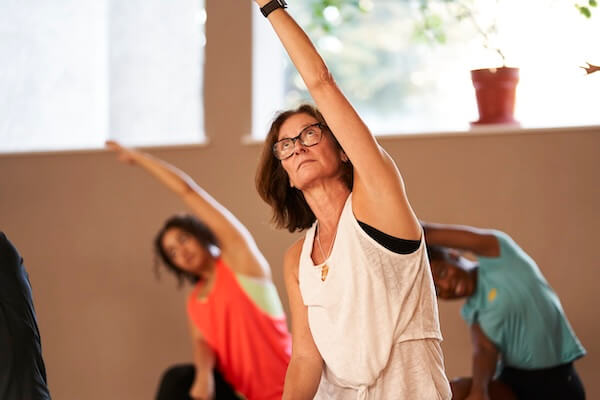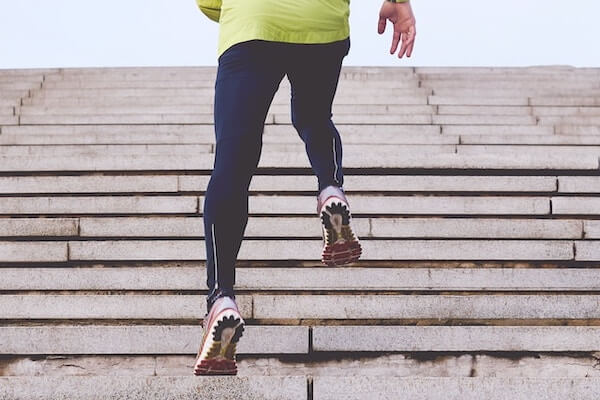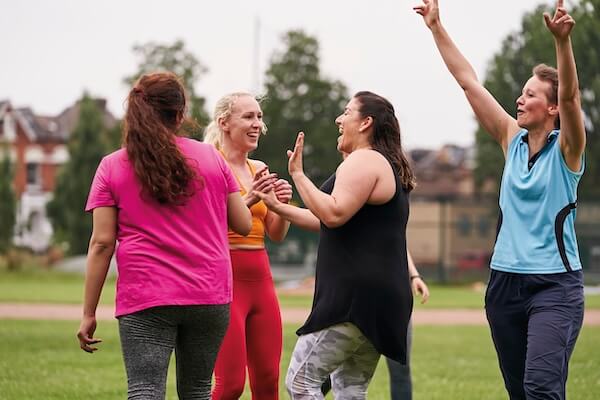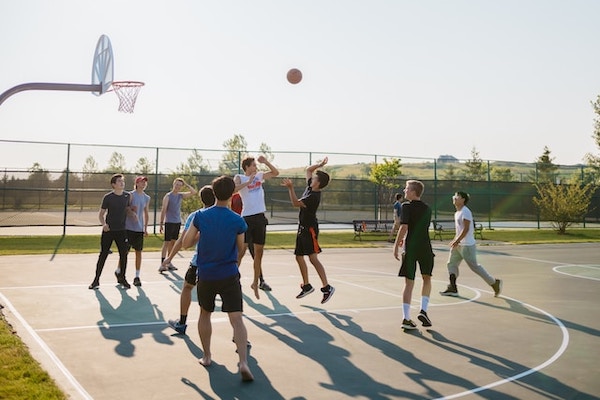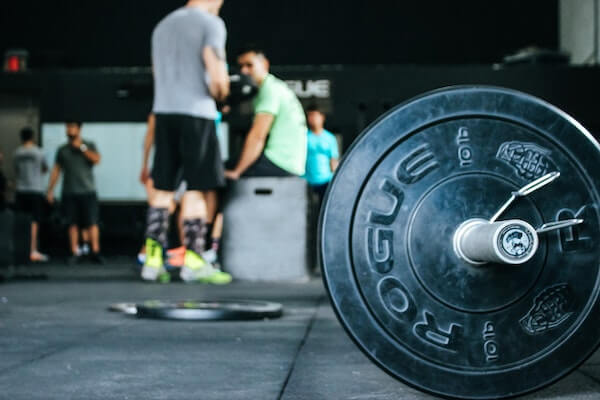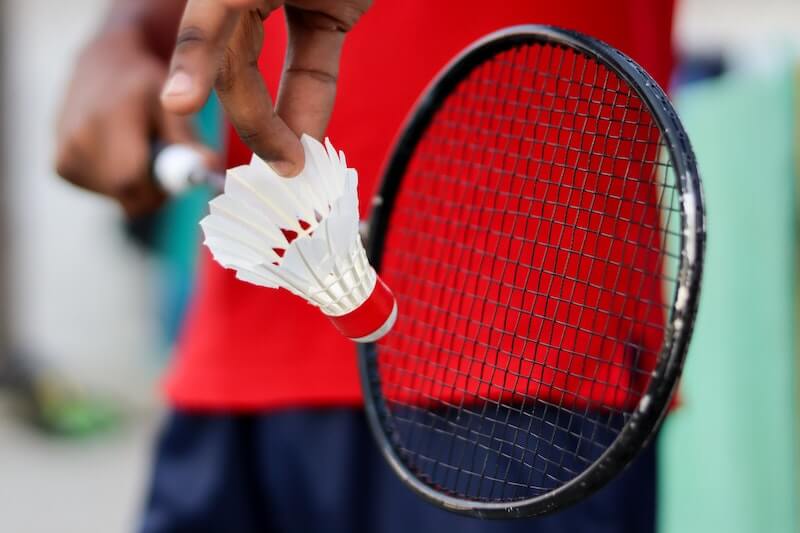
The world of sports and fitness is constantly evolving, and technology is playing a bigger role than ever before. We're seeing everything from AI-powered training to wearable tech that tracks our every move. But what if your next sports partner was a robot?
That might sound like something out of a science-fiction movie,
but it's getting closer to reality. Researchers
in Switzerland have developed a four-legged robot dog, named
ANYmal, that can play badminton, and it's surprisingly good at it!
A Robot on the Court
The robot, developed by ETH Zurich, is more than just a novelty act. It uses a sophisticated system of cameras to track the shuttlecock, predict its trajectory in real-time, and hit it with a racket mounted on a multi-axis arm. While it might only play at the level of a seven-year-old human for now, its ability to learn and adapt is what's truly impressive. The robot learns through a process called reinforcement learning, running thousands of virtual simulations to improve its precision and accuracy. Its most innovative feature is its ability to not just react, but to actually plan its moves and anticipate where the shuttlecock is going. While its $150,000 price tag means you won't be seeing it at your local badminton court anytime soon, it highlights a fascinating future for sports technology.
Originally designed for industrial inspection in hazardous environments, this new application shows the versatility of modern robotics and AI. Imagine a future where these machines could act as highly consistent and tireless training partners, helping athletes refine their skills without the need for another human on the court.
From Robot Dogs to RoboCup: The Rise of AI in Sport
The badminton-playing dog is a brilliant example of how far robotics in sports has come. We're already well past the days of simple ball machines. For years, the RoboCup tournament has seen teams of autonomous humanoid robots play soccer, with the ambitious goal of one day competing against a human World Cup-winning team.
Beyond the playing field, AI and robotics are transforming other areas of sport, including athlete training and rehabilitation. From Japanese basketball robot, Toyota's CUE, which can shoot free throws with perfect accuracy, to robotic systems that help injured athletes recover faster by monitoring their movements with pinpoint accuracy, the applications are growing.
For those of us who just want to stay active, these innovations are inspiring. They show that with a little creativity, we can find new and exciting ways to engage with our favourite activities. While a robot might not be your next doubles partner, the technology behind it could make getting active more accessible and enjoyable for everyone.
Slug: robot-dog-badminton-ai-in-sports
Meta Description: From a badminton-playing robot dog to AI-powered athletes, explore the fascinating advancements in robotics that are changing the way we play, train, and interact with sports.
Excerpt: Discover the incredible story of a robot dog that can play badminton and find out how AI and robotics are revolutionising everything from professional leagues to personal training.


